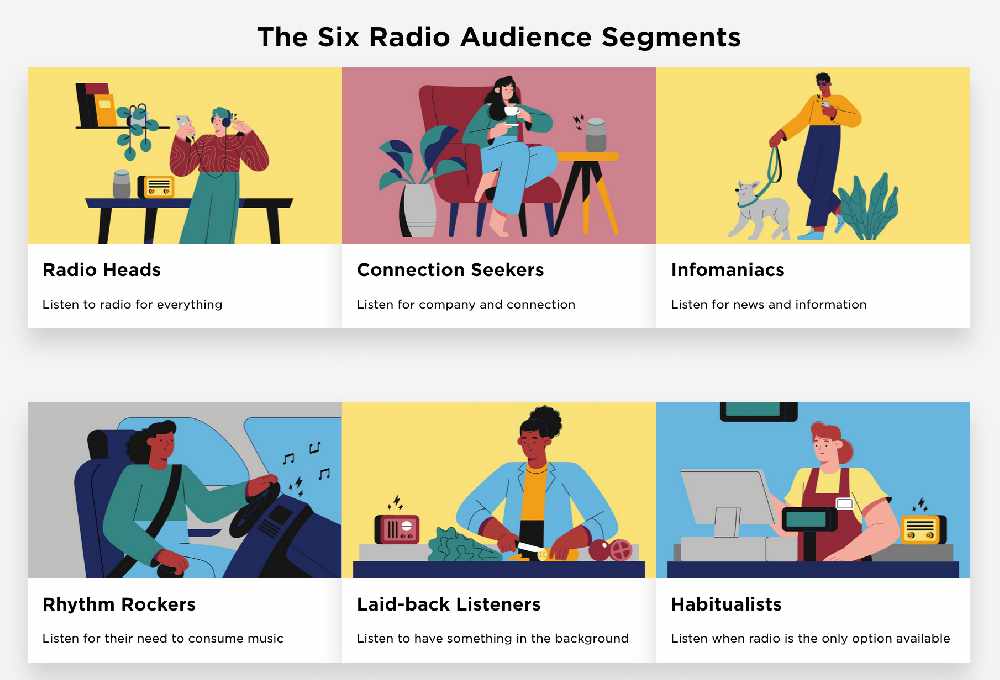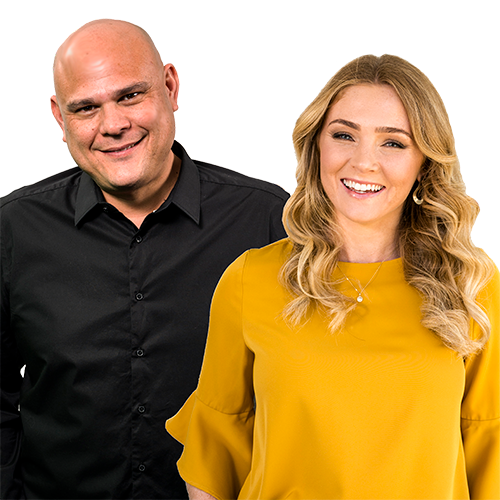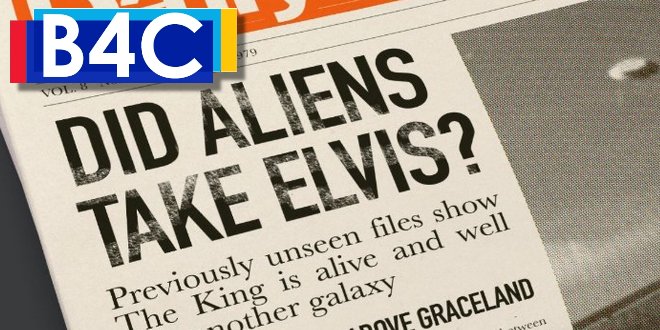In a perfect world - our listening audience would be sitting in front of their radio giving it their full focus and attention (or with headphones on at least), capturing every single second of it as it plays... but that's not the real world is it?
So your ad should try to get attention from the start. But how do you do it?
If your business is targeting a very specific market, e.g.: children under 2, then you shouldn’t be shy in identifying with them straight away, e.g.: “If you’ve got a child under 2…”, while it’s not creative, it will get the attention of parents with children under 2.
Then there are those businesses who are after some sort of attention getter, e.g.: siren, loud noises, no noise, jingles, or something else to get people’s attention. But does it work? My answer... sometimes.
The fact is that while our subconscious mind is continually monitoring the world around us, it does draw our attention to something that is relevant to us.
For example, while driving, a siren, will get your attention right now, especially if it is a siren from a police car, or emergency services vehicle (little known fact: we are not allowed to use Australian sirens in commercials for just this reason). But if your message is relevant to the listener, even if it is in a soft voice, it will make the listener stop and listen – this is where repetition is important to make sure your audience… A – hears it, and B – remembers it each time they hear it, then C – they will act on it when they need your product or service.
A classic example of hearing what you want to hear is when you are in a crowded room where there is lots of conversations. Yet we will still pick up on key words or phrases from a couple of people away from us, if those are ones that interest us.
People will hear your message all of the time that a radio is on, they will convert that hearing to listening if the commercial is relevant to them, and, the more times your commercial plays, then the higher chance your potential customer has of hearing that relevant message.
It’s what is on offer that makes them take action and locate your website, come to your store, or book your service.
So what to do? Know your target audience, who you are trying to get to pay attention to your commercial, and use words or sound effects to get their attention, draw them in then make them an offer they can't refuse.
Given all of that, and knowing who you your target audience is... do you really know them?

According to a new study out from America, there are 6 types of radio listeners (you can find the full report HERE) Radio: Live On Air and Everywhere from NPR and Edison Research is based on a national online survey of 1,500 U.S. adults age 18 and older, conducted January 13-21, 2021.
The six radio listener segments identified are:
- Radio Heads (9% of radio listeners) Listen for all audio needs; listen to the most radio
- Connection Seekers (16% of radio listeners) Listen for company and connection
- Infomaniacs (18% of radio listeners) Listen for their need to consume news and information
- Rhythm Rockers (27% of radio listeners) Listen for their need to consume music
- Laidback Listeners (17% of radio listeners) Listen to radio only in the background
- Habitualists (13% of radio listeners) Listen to radio when it is the only option available
So is your message relevant to the listener?
Do you know what type of listener they are?
Is your offer or message something they will remember or act on?
Get all of these right and your advertising campaign will knock your sales out of the park!



